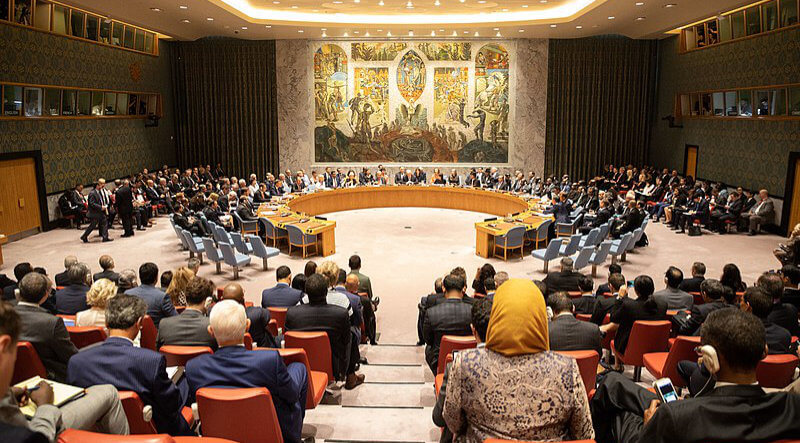The Prospect of Security Council Reform
June 7, 2019 | Expert Insights

Background
The United Nations Security Council, the apex body of the United Nations system, was established in 1945. While the following decades have seen significant geopolitical shifts, the Council has not metamorphosed to take cognisance of these changes. With the enlargement of the overall membership, the proportional imbalance between the number of seats in the Council vs the total strength of the UN has become very evident. The last major reform occurred in 1965 with the increase of the Council’s non-permanent membership from six to ten members.
Analysis
At the turn of the century, the four emerging economies - Brazil, Germany, India and Japan started to demand a permanent seat each and formed an interest group that was termed the G4. Rivals to the G4 in their respective regions opposed this. In turn, the new group advocated for the expansion of the non-permanent membership on the basis of a geographical quota system. This group, comprising of Egypt, Italy, Mexico and Pakistan, came to be known as ‘Uniting for Consensus’. Simultaneously, the African group (or the Ezulwini Consensus) demanded two permanent seats for themselves, citing that much of the Council’s operations are concentrated there.
There seems to be a lacunae in the Council towards enlarging its membership which has prevented effective multilateralism based on a global consensus.
An alternate thinking is to bring the ‘heavy lifters’ of each region (in terms of economy, population and military power) in the same room to improve Council outcomes. The expectation is that the new permanent members, with their additional resources, will be more committed to international peace and security.
Counterpoint
Increased adaptability in the workings of the Council is required to ensure the contextual sensitivity of the resolutions that are tabled. However, it is likely that the ‘heavy lifters’, if given permanent membership, might pursue their own geopolitical agenda rather than act in a more concerted and constructive manner. Thus, the G4’s status as effective creative heavyweights that the Council needs to move forward, remains inconclusive.
Assessment
Our assessment is that among the plethora of reform proposals put forth so far, the most feasible is that for a ‘Weak Veto’ system. Accordingly, two of the P5 members would be able to vote down a motion before a veto was constituted. We feel that this is an approach which would improve both the democratic equity and efficiency relative to the status quo and take affirmative action. We also feel that this would improve equity by shifting power away from the P5 (whose citizens are over-represented) towards the rest of the world (whose citizens are under-represented).
We believe that the P5 will resist any attempt to weaken their right to veto. We believe that their position is fortified due to their right of ‘double veto’. This is on account of the San Francisco Declaration of 1945, which ensures that a Permanent Member can exercise a veto over their right to a veto itself.








Comments